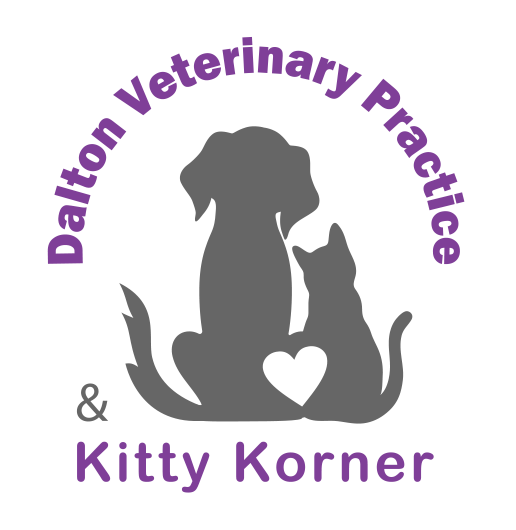
I Got a Puppy for Christmas! Now What?
Getting a puppy for Christmas can be one of the most memorable, joyous moments in a person’s life. But after the bows and ribbons are in the trash, and the ornaments are packed away…Life goes back to normal and reality sets in. So now what?
The truth is, you now have a 12-15 year commitment on your hands. The more time and effort you put into raising your new puppy the better. You will definitely thank yourself and it will pay off in the long run!
HEALTH
First and foremost is the health and wellbeing of your new pup. We recommend that you bring him in for a routine physical exam to assess your pet’s current health status. Following your veterinarian’s recommendations will help ensure the health and happiness of your doggie.
Immunization
It is ideal that he or she starts an immunization schedule between 6 & 8 weeks of age. The routine vaccines will protect them from 8 diseases (many potentially fatal) including: distemper, hepatitis, parainfluenza, parvovirus, bordetella, rabies, & leptovirus.
De-Worm
Intestinal parasites are common in puppies. They can become infected with them before they are born or through their mother’s milk. We recommend a stool sample examination & a de-worming product that is safe & effective against several of the most common worms in dogs.
Flea Control
We recommend a newer medication called Sentinel. It is given every 30 days (12 months a year) as a chewable tablet, and has the added benefit of heartworm, whipworm, roundworm, & hookworm protection. We also recommend the use of Comfortis or Bravecto on an as needed basis.
Nutrition
We recommend food made by a national dog food company (not generic or local brand) & a form made for puppies, given until 10-18 months of age. Feed your puppy 3 times a day; the amount should be measured out & everything left after 30 min. should be taken away. If the food is eaten within 5 min., the quantity is insufficient & should be increased. It is not good to switch foods frequently; it is better to start with a high quality diet & stick to it.
Spay & Neuter
Beyond preventing unwanted litters of puppies, spaying has been proven to significantly reduce the chance of your dog getting breast cancer and uterine infections. Un-neutered males are more likely to roam in search of females; as well as more likely to fight and be aggressive. Neutering also greatly reduces the risk of prostate cancer & infections. Your dog may be spayed or neutered any time after 4 months of age. To learn more go here.
Beyond the physical health of your new puppy, we believe there are three areas of focus that you will want to concentrate on in the beginning. If you train, socialize, and exercise your dog properly from the start, it will have huge benefits as they mature and adult behavior patterns solidify.
TRAIN
Crate Train:
This is one of the quickest and most effective ways to house train a dog. By confining the dog when you are not able to supervise, behavior problems can be prevented. Make sure you give the dog an opportunity to play, eat, & eliminate before you leave them. The crate also provides a place of comfort & security where they can relax. Do not ever use their crate as punishment. Dogs will avoid eliminating in their sleeping & eating areas, unless left in the confined space for too long. For more information on how to crate train & how much time they can be in the crate go here.
Basics:
From as young as 7-8 weeks old, your dog can learn simple commands such as “sit”, “down”, & “stay”. They have short attention spans, so training sessions should be brief & use positive reinforcement & gentle training. You can use a small piece of food to motivate your puppy to perform most tasks. Formal training classes may also be sought out & are a great way to socialize your new pup.
SOCIALIZATION
There is a critical time frame in which canine socialization develops; and you can help ensure a healthy attachment to people & other animals. This time begins at 3 weeks and is diminished by 12 weeks; then 6-8 months is very important. Introduce them to as many new people and situations as possible. For example: people in uniforms, babies, toddlers, elderly, physically challenged, car rides, elevators, and stairs (to name a few). Each time they are introduced to a new stimulus you can give them a treat as a way to facilitate a positive experience.
PLAY & EXERCISE
Insufficient exercise can contribute to behavior problems including destructiveness. Going on walks is a good way to accomplish exercise, so you should acclimate them to a collar and leash from an early age. Selecting an appropriate amount of play and exercise will depend on the type of dog. Just keep your puppy away from stray dogs and neighborhood parks until all vaccinations are finished.
Although owning a dog is a huge responsibility, the benefits and joy you receive by sharing your life with man’s best friend are far more rewarding. We wish you and your doggie a long happy life together! If you would like to read more about puppy care for new owners go here.
